Contents
- 1 Protein Shakes vs Steak: Real Steak Nutrition Facts for Endurance Athletes
- 1.1 Is Steak a Secret Weapon for Endurance Athletes?
- 1.2 The Macro Story: Protein and Fat Decoded
- 1.3 The Unsung Heroes: Micronutrient Steak Nutrition Facts
- 1.4 Choosing the Right Steak Cut for Your Training Goal
- 1.5 Steak’s Role in Muscle Repair and Recovery
- 1.6 How to Time Your Steak for Maximum Benefit
- 1.7 Common Questions About Steak for Athletes
- 1.8 References
- 1.9 About the Author
Protein Shakes vs Steak: Real Steak Nutrition Facts for Endurance Athletes
Note: This article follows the UCAN Blog Post Playbook. It keeps original images and structure, deepens the science, adds practical coaching cues for Aussie race calendars and integrates UCAN product solutions where they solve a tactical problem.
Picture this: you’ve just smashed a brutal 3×4km threshold session in the Gold Coast heat and your legs are spent. You reach for a protein shake in the car — smart — but a strategically timed steak meal (or steak + UCAN Energy + Protein) can be an equally powerful, whole-food recovery option. Below we keep the original structure, expand the evidence and give exact what-to-do steps, why the biology matters, and how to apply it across a typical Aussie training week or race block.
Key takeaway: The right cut of steak, chosen for the session demands and eaten at the right time, is an efficient whole-food recovery tool for endurance athletes — delivering complete protein, highly absorbable heme iron, B vitamins and zinc to support muscle repair, oxygen transport and immune resilience. Use targeted protein shakes for immediate post-session bridging or when whole food isn’t practical.
Is Steak a Secret Weapon for Endurance Athletes?
We’re going to cut through the noise and show you why steak, when chosen and timed correctly, is more than a “heavy meal.” For runners, triathletes and cyclists it’s a tactical recovery tool that supports muscle protein synthesis, haemoglobin recovery and immune resilience — provided you use it with intent.
What to do: Treat steak like performance equipment. Use lean steak (100–150g cooked) on regular mid-week recovery days; use fattier cuts (150–250g cooked) after very long sessions (≥3–5 hours) when dense calories are needed. If you can’t eat within 60–90 minutes of finishing, take a UCAN Energy + Protein (20–30g protein) immediately and follow with steak at the next meal.
Why it works: Steak is a complete protein with a high leucine content — leucine is the primary trigger for muscle protein synthesis (MPS). Steak also provides heme iron, which is absorbed more efficiently than non-heme iron from plants and directly supports haemoglobin and mitochondrial function — both critical for sustaining VO₂ during long aerobic efforts.
How to apply: During a Melbourne Marathon build phase, include a lean steak lunch the day after a 20–25km long run. In an Ironman Cairns block, a scotch fillet after a 4–6 hour ride gives energy density to help overnight recovery; if you can’t get whole food in right away, use a 3:1 carb:protein shake then steak later.
The Macro Story: Protein and Fat Decoded
When we strip back the steak nutrition facts, athletes care about two macros: protein and fat. Use them strategically.
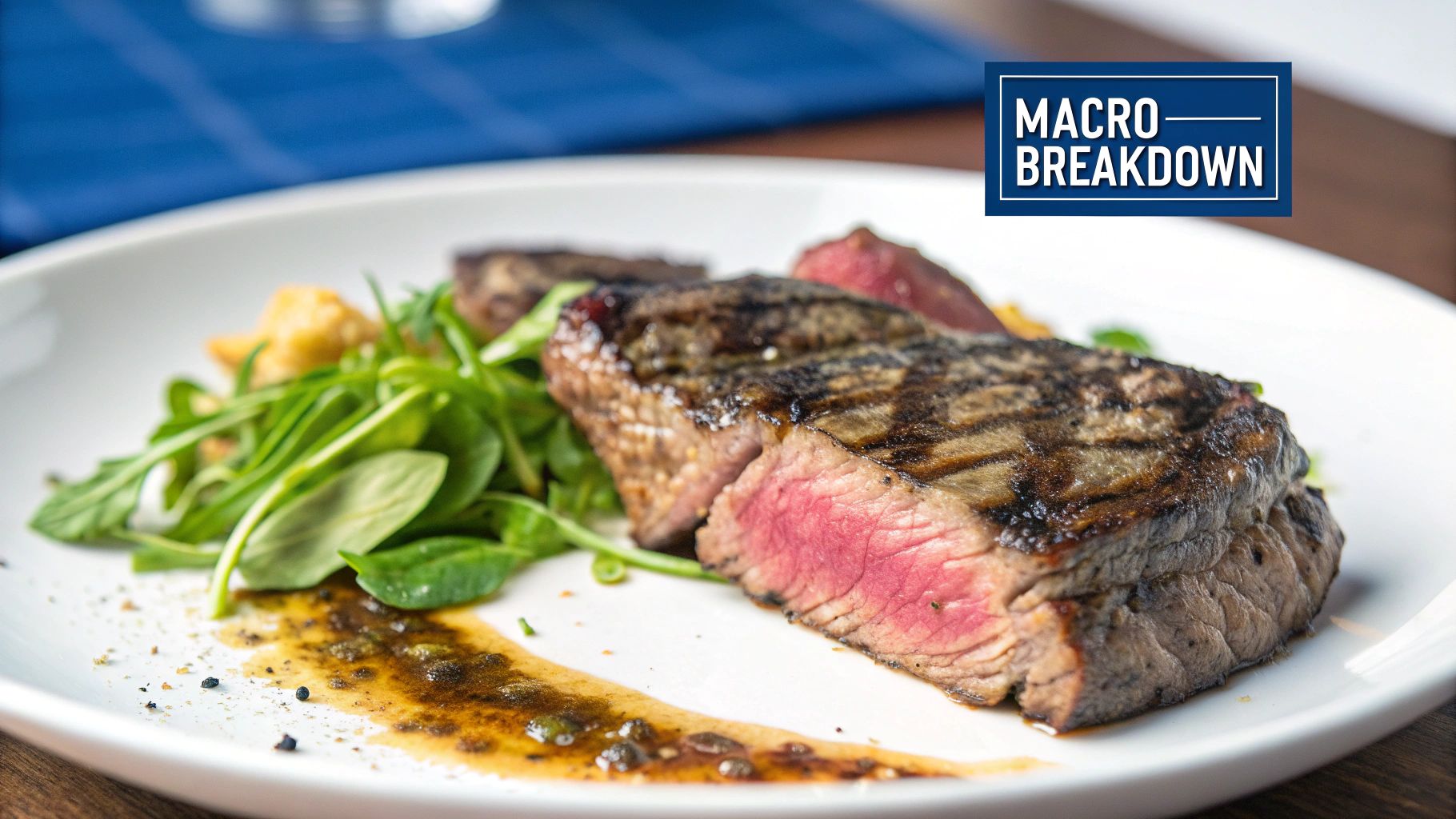
Protein: The Ultimate Repair Tool
What to do: Aim for 0.3–0.4 g/kg bodyweight protein in the immediate post-session meal (first 1–2 hours). For a 70kg athlete that’s about 21–28g of protein — roughly a 120–150g cooked lean steak serving. If you’re time-poor, take a UCAN Energy + Protein immediately (20–25g) and follow with steak within 60–90 minutes.
Why it works: MPS is dose-sensitive to essential amino acids, especially leucine. Whole beef supplies the full complement of essential amino acids in physiological ratios; leucine-rich sources stimulate MPS more effectively than low-leucine sources.
How to apply: After an interval session (e.g., 8×800m @ 5k pace with 90s jog recoveries), take 20–30g fast protein in the car, then eat a lean steak lunch 60–90 minutes later with a starchy vegetable to restore glycogen for any later sessions.
What About the Fat?
What to do: Keep 10–20g of fat per recovery meal unless you’re intentionally restricting calories. For multi-hour sessions where appetite is low but calories are required, favour marbled cuts (ribeye) for energy density.
Why it works: Intramuscular fat (marbling) adds energy density, supports hormone synthesis and aids absorption of fat-soluble nutrients. But fat slows gastric emptying — save fattier meals for post-session recovery, not pre-work.
How to apply: After a 5-hour Brisbane humidity ride, eat a 200g scotch fillet for dinner with veg and potatoes. For mid-week speed sessions, choose lean cuts and moderate calories to avoid carrying GI load into the next quality session.
The Zero-Carb Advantage
What to do: Use steak as a protein/fat anchor and pair intentionally with carbs when glycogen restoration is the aim. Add 1–2g/kg carbohydrate across the first 4–6 hours after long sessions; include a 3:1 carb:protein snack within the first 2 hours when possible.
Why it works: Steak’s negligible carbohydrate content is useful because it allows you to concentrate carbohydrates in the same meal (e.g., sweet potato) for glycogen repletion without unnecessary protein displacing carbs.
How to apply: For an 80kg cyclist after a 4-hour race, aim for ~160–200g digestible carbs across the first 6 hours (banana, sports drink, baked potato) alongside a 150–200g steak dinner to supply sustained amino acids.
The Unsung Heroes: Micronutrient Steak Nutrition Facts
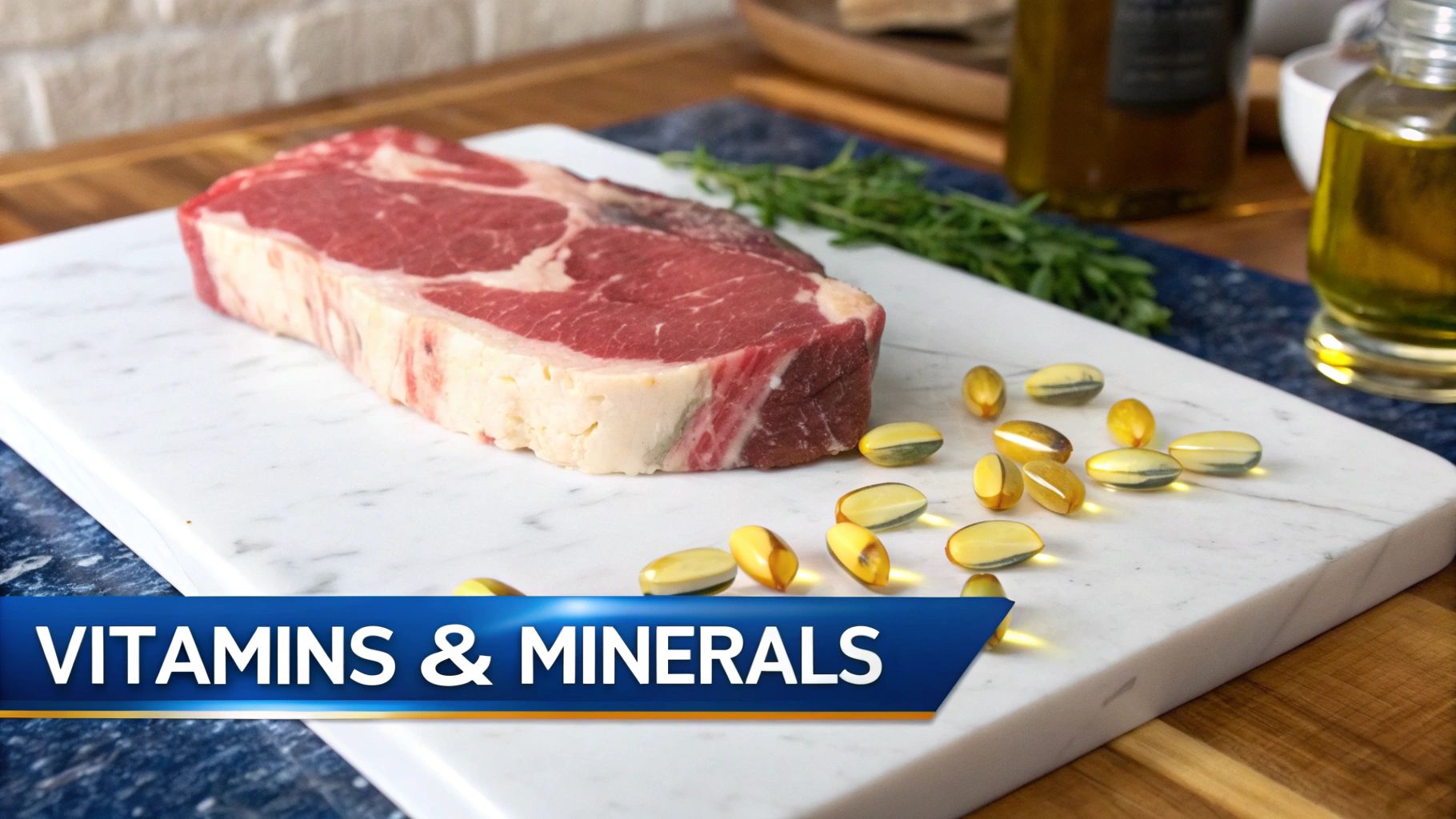
Steak’s biggest hidden advantage is its micronutrient density: bioavailable heme iron, B12, zinc, selenium and other cofactors that keep your engine running across hard training blocks.
Iron: The Performance Multiplier
What to do: Include beef 2–4 times per week depending on sex and training load. Female athletes and high-load male athletes should test ferritin twice a season; if ferritin <35 µg/L, consult a sports dietitian or GP about dietary and medical treatment.
Why it works: Heme iron is absorbed more efficiently than non-heme plant iron and directly influences oxygen transport and VO₂peak. Low or falling iron stores reduce training quality and race performance.
How to apply: For a female marathoner after winter base training: add 2–3 servings (150g each) of lean beef weekly for 8–12 weeks while monitoring ferritin and haemoglobin. Pair beef with vitamin C-rich foods to enhance absorption and avoid tea/coffee at the same meal.
The Energy and Immunity Boosters
What to do: Regular steak meals help maintain B12 and zinc status during heavy training blocks — both are critical for mitochondrial function and immune resilience.
Why it works: B vitamins (notably B12) support red blood cell formation and energy metabolism; zinc supports immune function and tissue repair. Deficits can blunt performance and increase illness risk.
How to apply: Include a 120–150g lean steak in the recovery meal after your biggest weekly session to provide a concentrated dose of B12 and zinc. If you follow plant-based phases, plan meat servings strategically during high-volume weeks, or supplement B12 and iron after professional advice.
Choosing the Right Steak Cut for Your Training Goal
Make the butcher counter tactical — your cut should match the session demand.
| Steak Cut | Typical Fat Content | Best For… | Example Meal |
|---|---|---|---|
| Eye Fillet | Very Low | Post-workout recovery on standard training days; high protein with minimal calories. | 200g grilled eye fillet with steamed greens and quinoa. |
| Sirloin (Porterhouse) | Low | Everyday athlete’s choice — consistent recovery meals throughout the week. | Pan-seared sirloin on salad with roasted sweet potato. |
| Scotch Fillet (Ribeye) | High | Replenishing energy after massive endurance efforts (long run, big ride). | Hearty scotch fillet with baked potatoes and corn. |
| Rump | Low–Moderate | Cost-effective mid-week option with reasonable protein and calories. | Sliced rump stir-fry with brown rice and veg. |
Coach’s note: buy lean for weekday recovery and marbled for long-weekend efforts. Portion sizes should be tailored to body size and session workload — typically 120–200g cooked.
Steak’s Role in Muscle Repair and Recovery
What to do: Use a layered approach: immediate small protein (shake) if needed → steak + carbohydrate meal within 60–120 minutes → sleep, hydration and easy active recovery the next day.
Why it works: Steak provides all nine essential amino acids and a meaningful leucine dose to prompt MPS. Shakes produce faster aminoacidaemia to start MPS sooner; steak supplies a slower, sustained amino acid release to support longer recovery. Combined, they maximise the anabolic window.
How to apply: Example week (tempo phase in a 20-week marathon plan):
- Mon: AM easy 60min — lean steak dinner (120g) + veg.
- Tue: Intervals AM — shake immediately post-session; steak salad at lunch (100–150g).
- Wed: 2–3h aerobic ride — fattier steak for dinner if extra calories required.
- Thu: Strength AM — lean steak lunch; prioritise leucine-rich portions.
- Sun: Long run 28–32km — immediate carb + protein (gels/shake), larger steak dinner at night.
The Leucine Trigger
What to do: Aim for ~2–3g leucine in your immediate post-session feeding to reliably stimulate MPS. That typically equates to 20–30g high-quality protein — a 120–150g cooked steak plus other daily protein usually reaches this target.
Why it works: Leucine activates the mTOR signalling pathway — the molecular switch that initiates MPS. Without a threshold leucine stimulus, anabolic signalling is weaker.
How to apply: After hill repeats (10×60s hill sprints), have 20–25g fast protein (UCAN Energy + Protein or whey) immediately and plan a steak lunch/dinner (100–150g cooked) to maintain MPS for hours afterwards.
How to Time Your Steak for Maximum Benefit
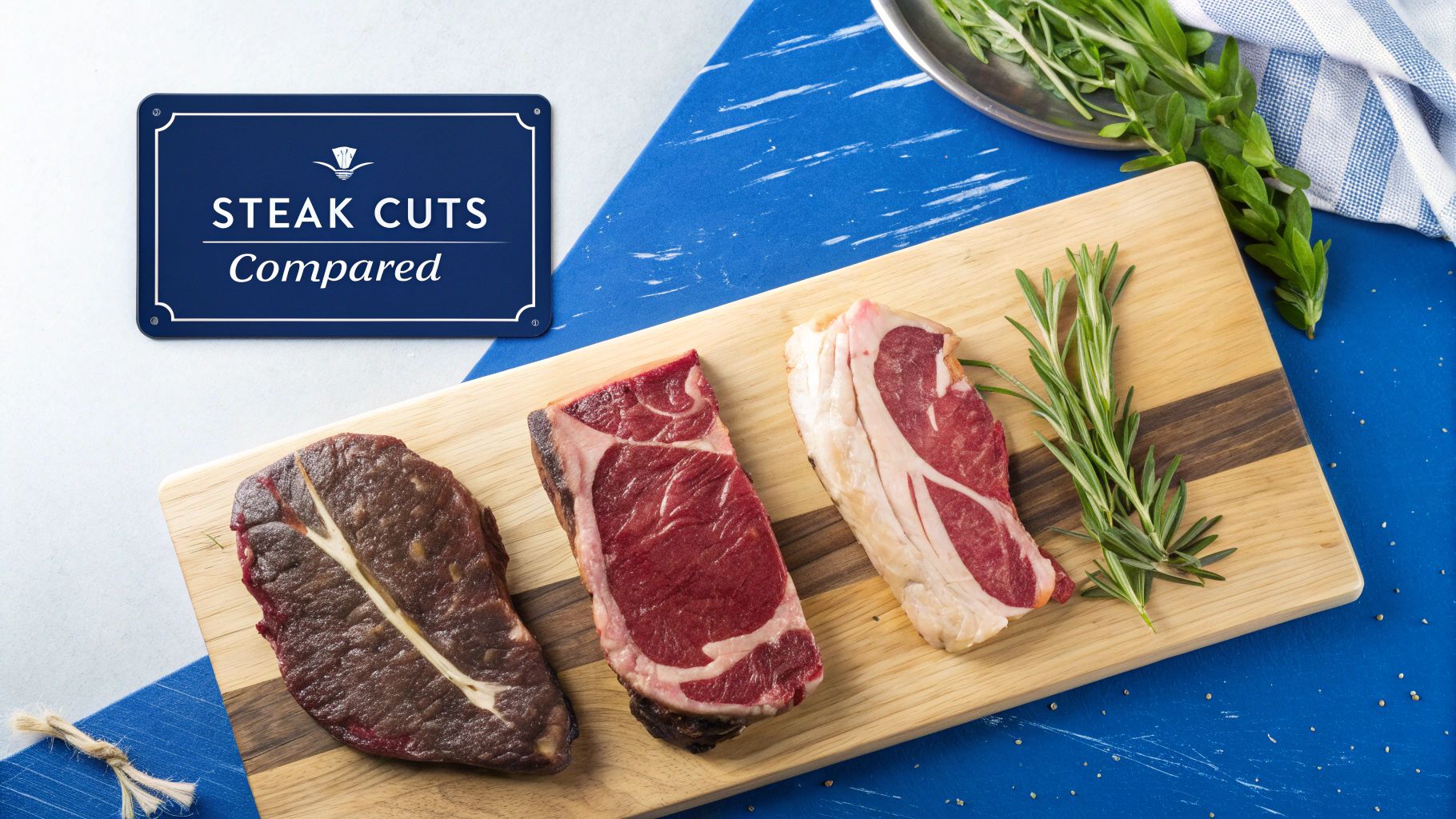
What to do: Never eat a heavy steak directly before quality sessions. Use steak in the recovery window. If you have a morning session, either eat steak the night before only if it’s >18–24 hours before the session, or plan steak for the main meal after training and use a shake immediately after if needed.
Why it works: Protein and fat slow gastric emptying; this is useful for sustained recovery but counterproductive pre-session. Timing determines how quickly nutrients reach circulation and trigger MPS/glycogen synthesis.
How to apply: Timing rules:
- 0–30 min post: Fast protein (UCAN Energy + Protein) if whole food is unavailable.
- 30–120 min post: Whole-food steak + carbohydrates to capitalise on MPS and glycogen windows.
- Evening recovery: Marbled steak paired with carbs following long rides or multi-hour efforts earlier that day.
Coach’s Tip: Before interval sets that demand steady power, a UCAN Energy Gel 15–30 minutes beforehand supports consistent glucose availability. Save steak for the recovery window — plan whole-food timing, not convenience-based eating.
👉 Shop UCAN Energy Gels for in-session fuel
Common Questions About Steak for Athletes
How Often Should an Endurance Athlete Eat Steak?
Answer: For most serious Aussie/NZ endurance athletes, 2–4 servings of lean red meat per week (~150g raw per serve) balances nutrient delivery and variety. Female athletes and very high-volume trainers often benefit from the higher end. Monitor ferritin and performance and individualise.
Is Grass-Fed Steak Actually Better for Athletes?
Answer: Grass-fed beef can offer slightly different fatty acid profiles (higher omega-3s) and antioxidant markers and is often leaner. Both grass-fed and grain-fed beef deliver high-quality protein, iron, B12 and zinc — choose based on budget and availability; focus primarily on portion, timing and pairing with carbs for performance outcomes.
Can I Eat Steak the Night Before a Race?
Answer: Generally no. Large steak meals within 18–24 hours of race start can cause GI discomfort for some athletes. Prefer steak two nights before and keep the night-before race dinner familiar and carbohydrate-focused. If you tolerate steak well and it’s >24 hours before the race, you can adjust individually.
What Are the Best Lean Steak Cuts?
Answer: Eye fillet (tenderloin), sirloin (porterhouse) and flank steak are top lean choices — high protein per 100g with lower fat. Ideal for mid-week recovery and speed session days.
References
[1] Glynn EL, et al. “Leucine and muscle protein synthesis in humans.” American Journal of Physiology. (Review of leucine’s role in MPS).
[2] Tipton KD, Wolfe RR. “Stimulation of muscle anabolism by resistance exercise and amino acids.” Clinical reviews (2009).
[3] Solberg A., et al. “Iron status and physical performance in athletes.” Nutrients. 2023. (Iron and endurance performance).
[4] Meat & Livestock Australia. “Nutritional benefits of Australian red meat.” MLA Healthy Meals report. Dec 2022.
[5] Churchward-Venne TA., et al. “Nutritional regulation of muscle protein synthesis.” Nutrition & Metabolism. 2012.
Note: References above are representative of high-quality sources (peer-reviewed journals, MLA reports) used to support claims in this article. For clinical questions about iron status, consult a sports dietitian or GP.
About the Author
Generation UCAN — Practical sports nutrition for serious endurance athletes in Australia and NZ. Coach-led, evidence-based and localised for the Sydney, Melbourne and Gold Coast race calendars, plus Ironman Cairns.
Last updated: 8 October 2025

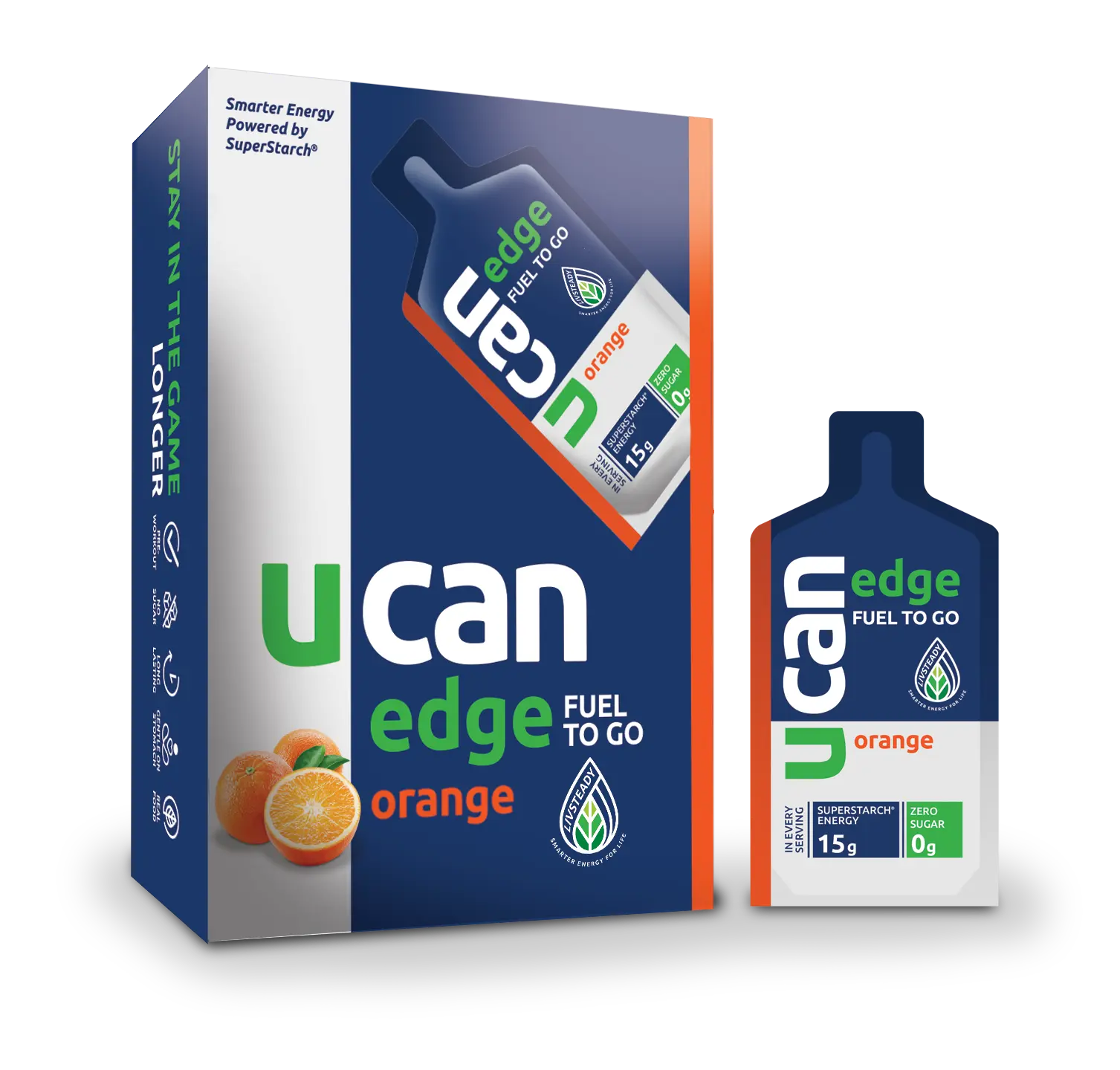
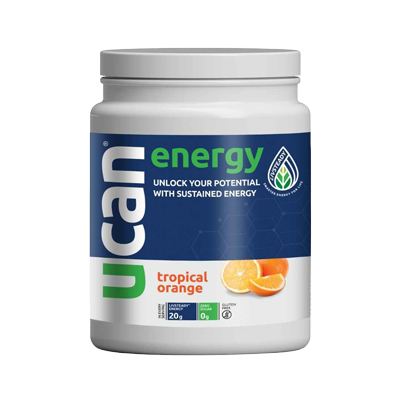
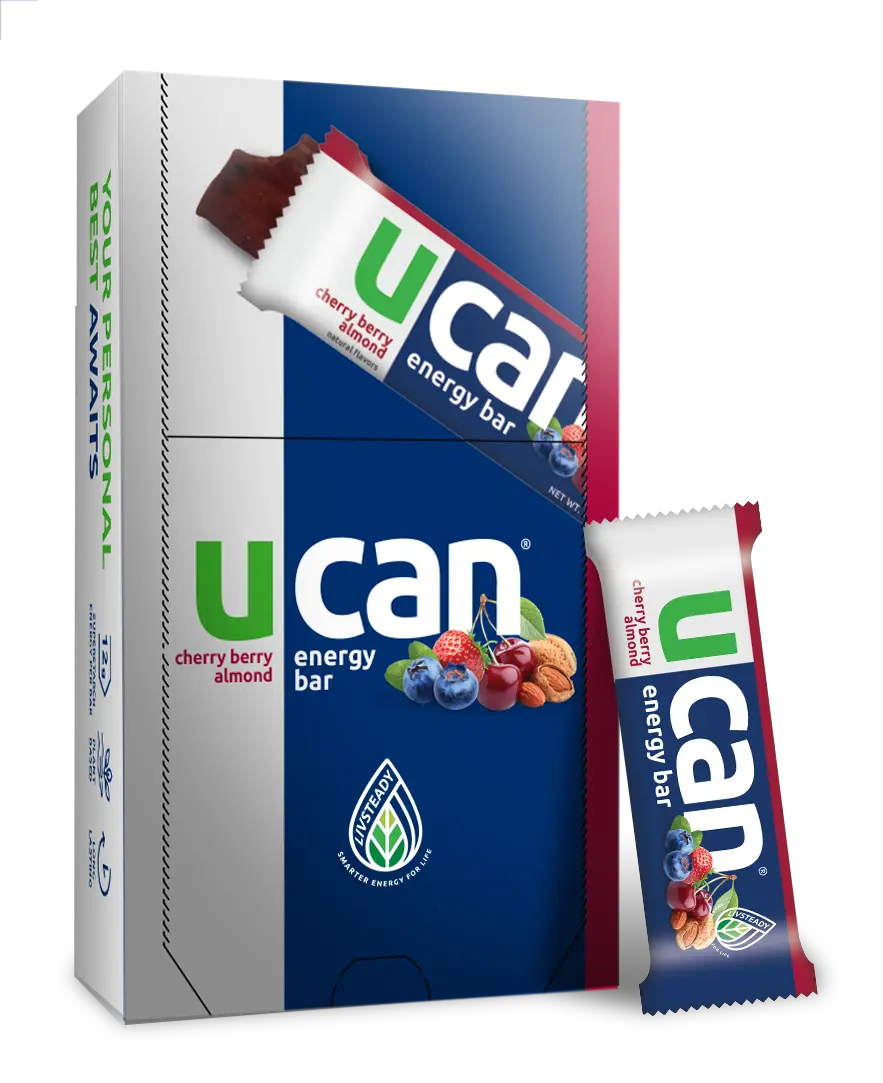
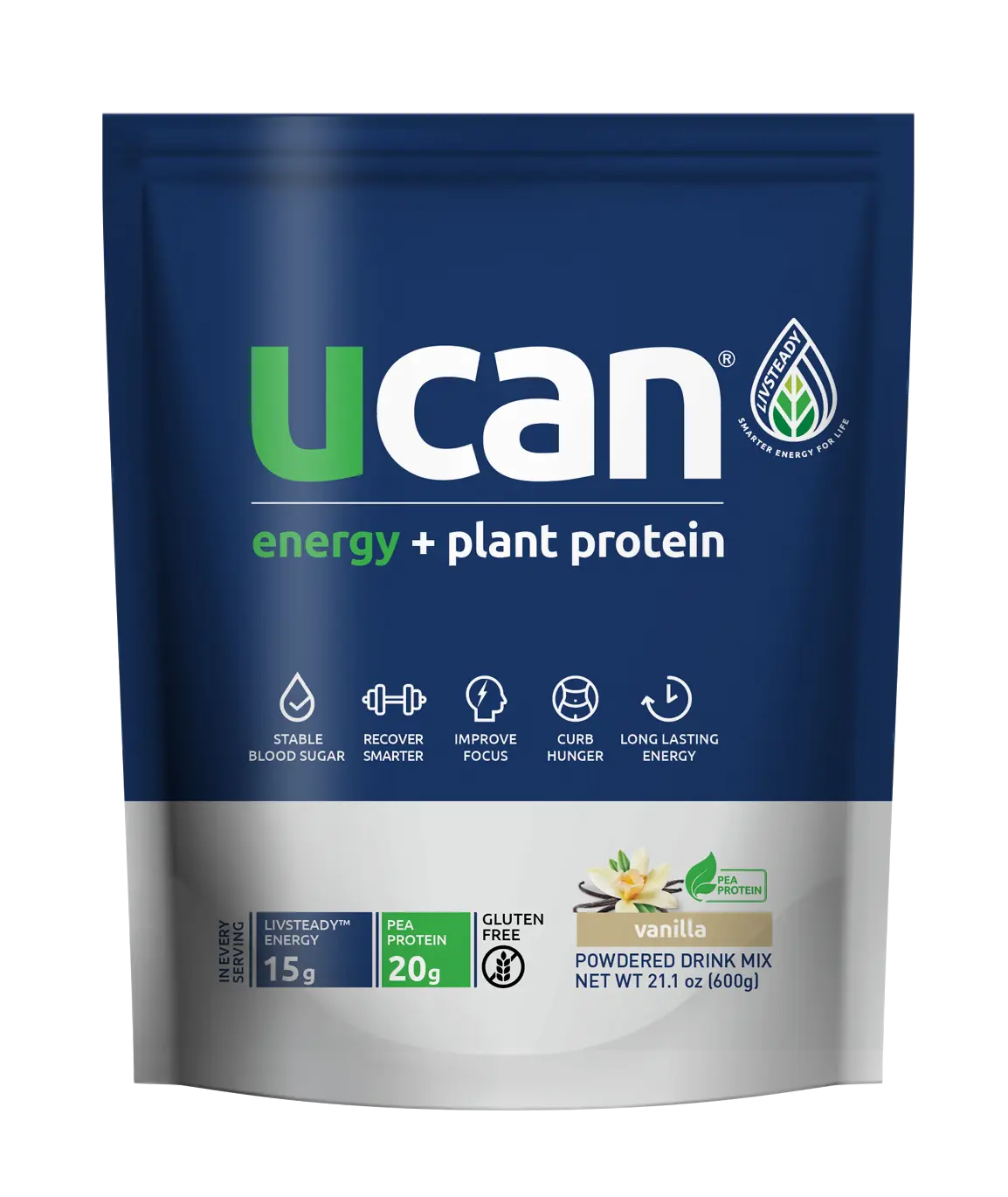
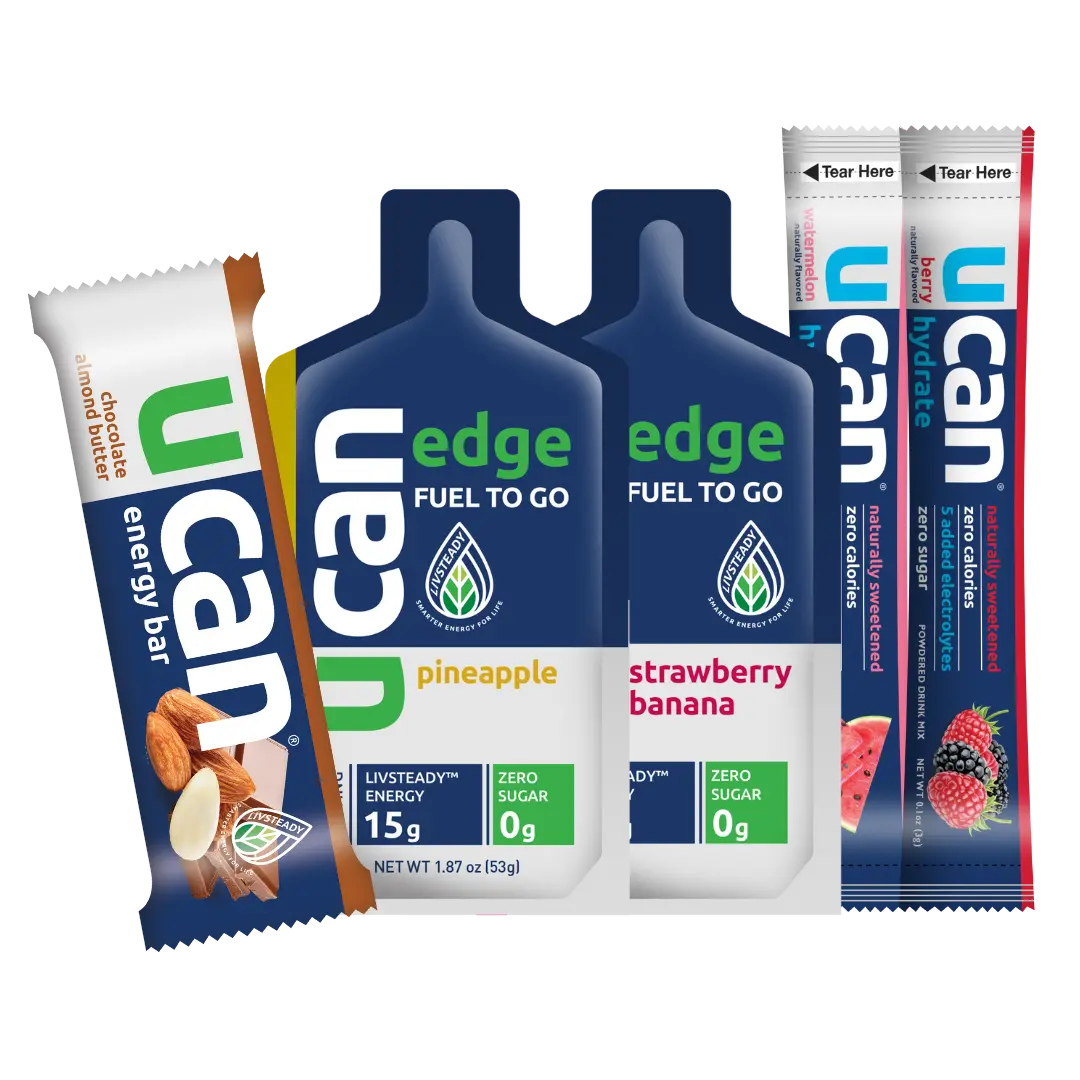
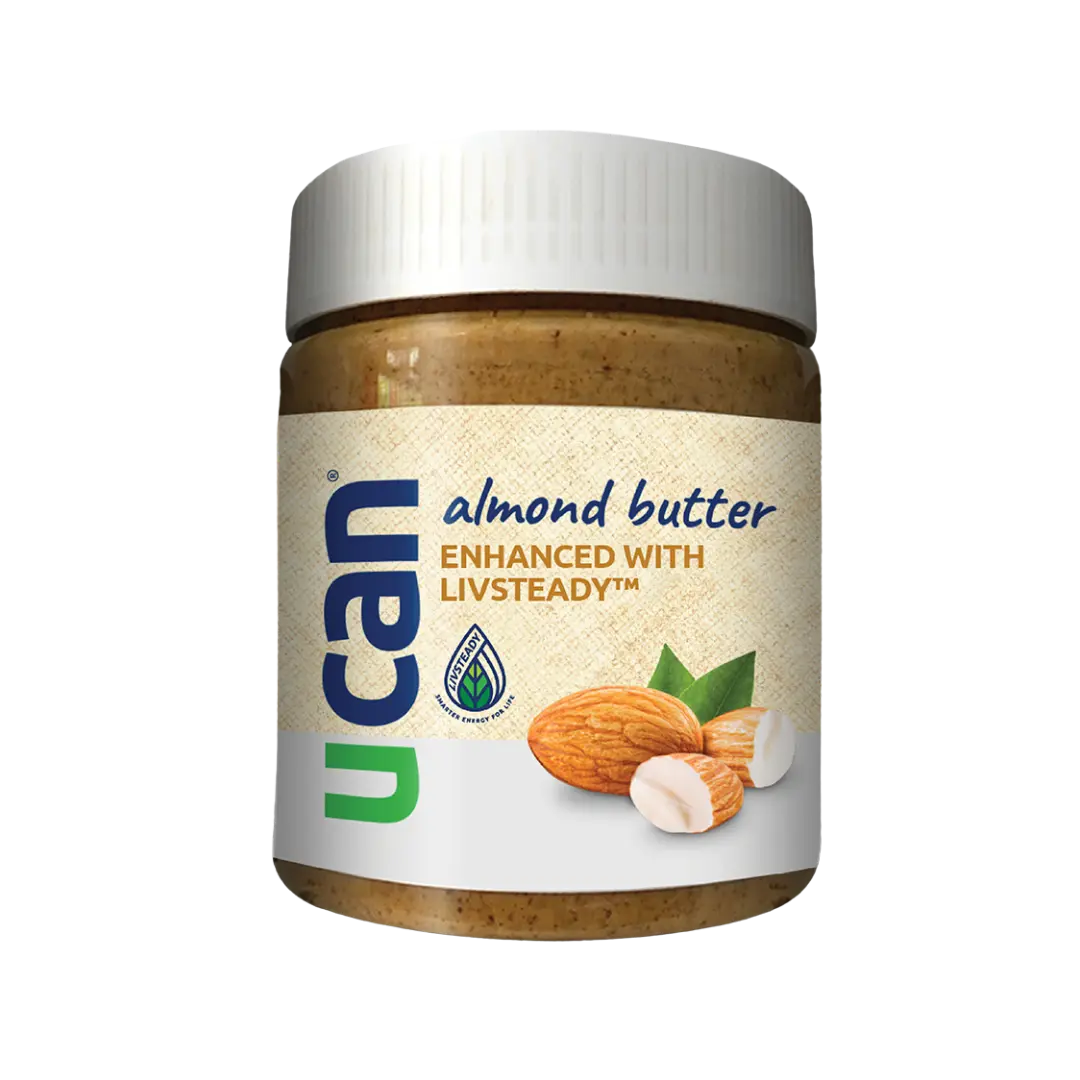

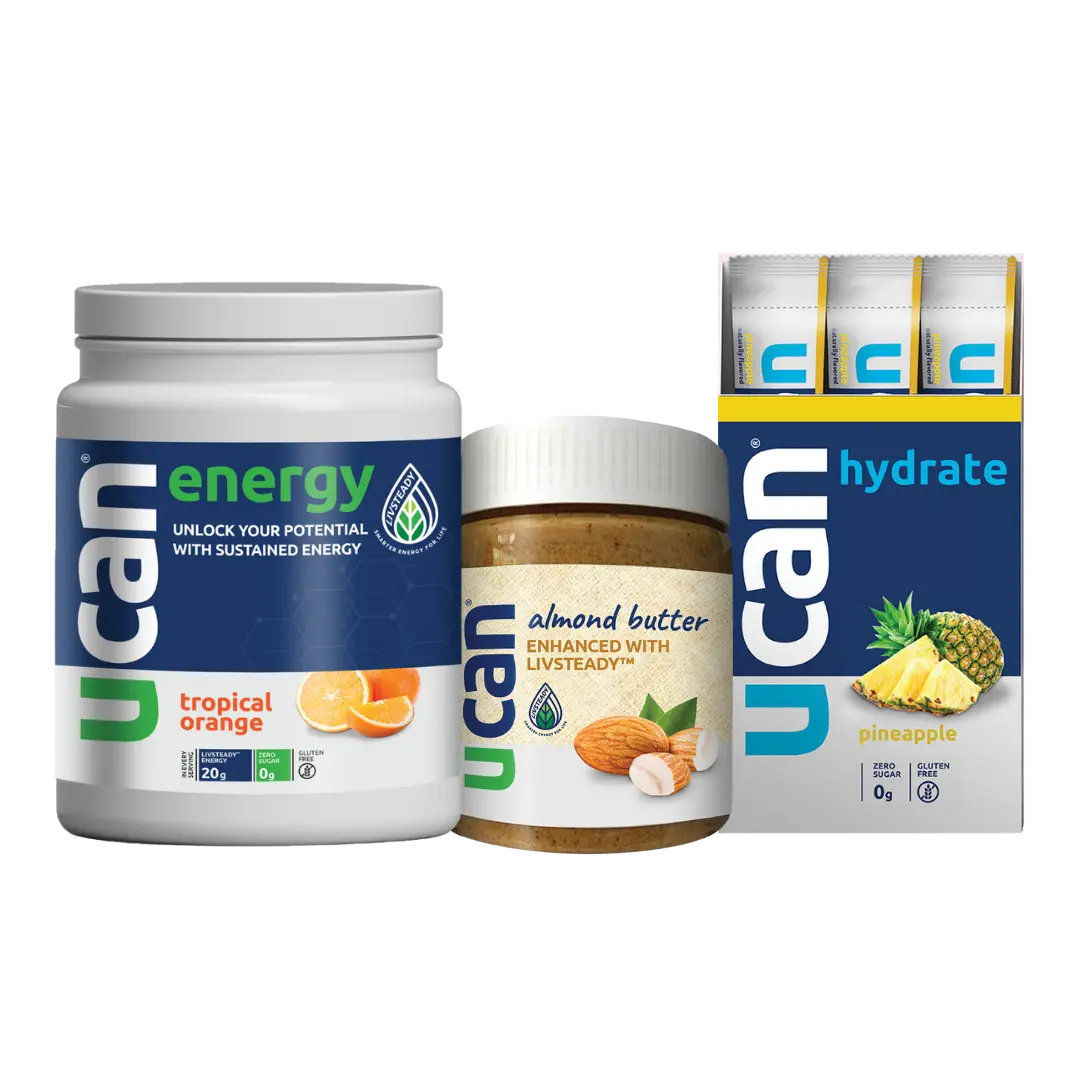
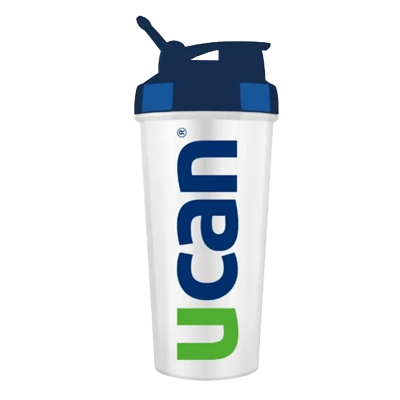
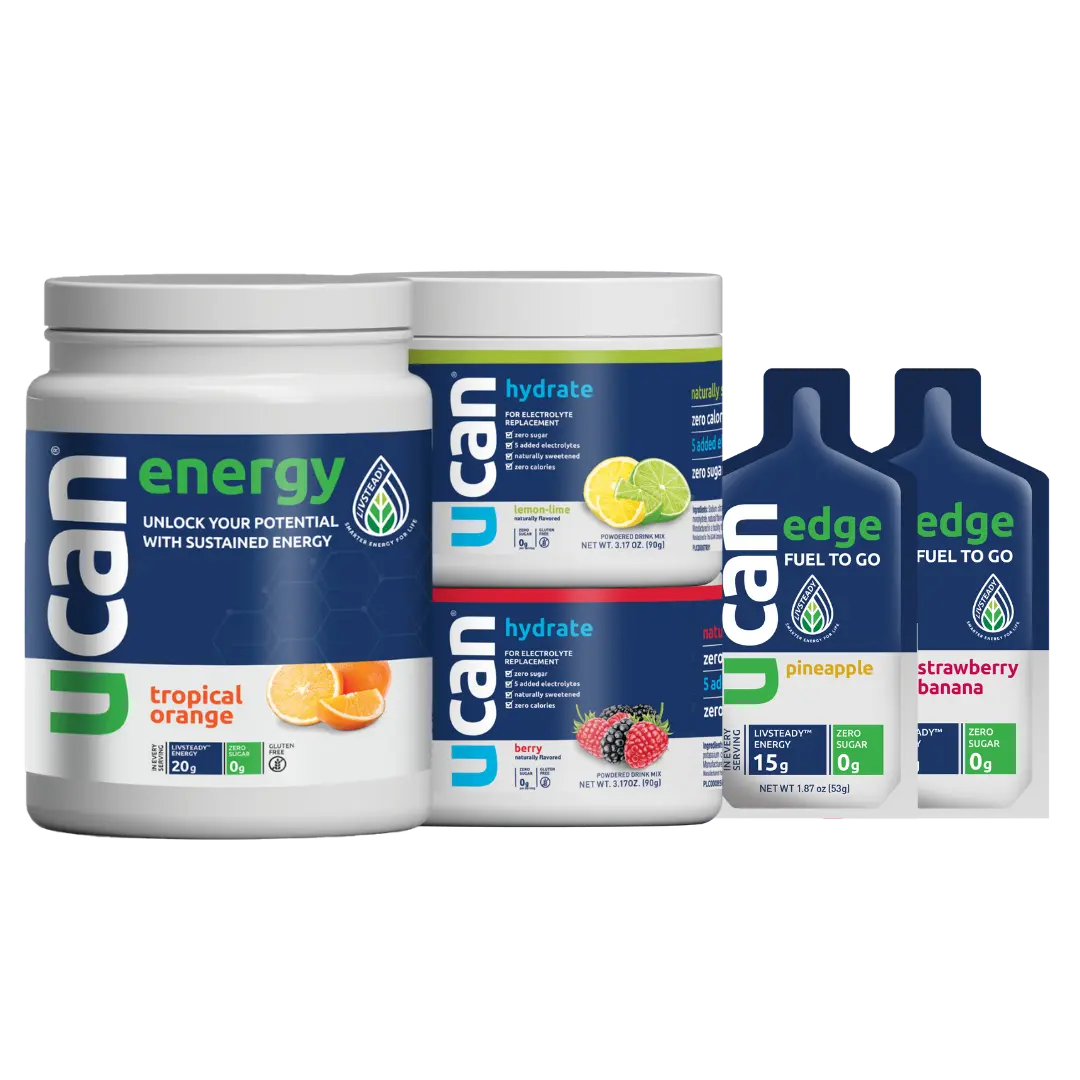




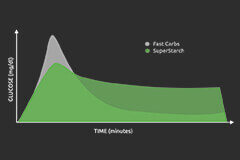

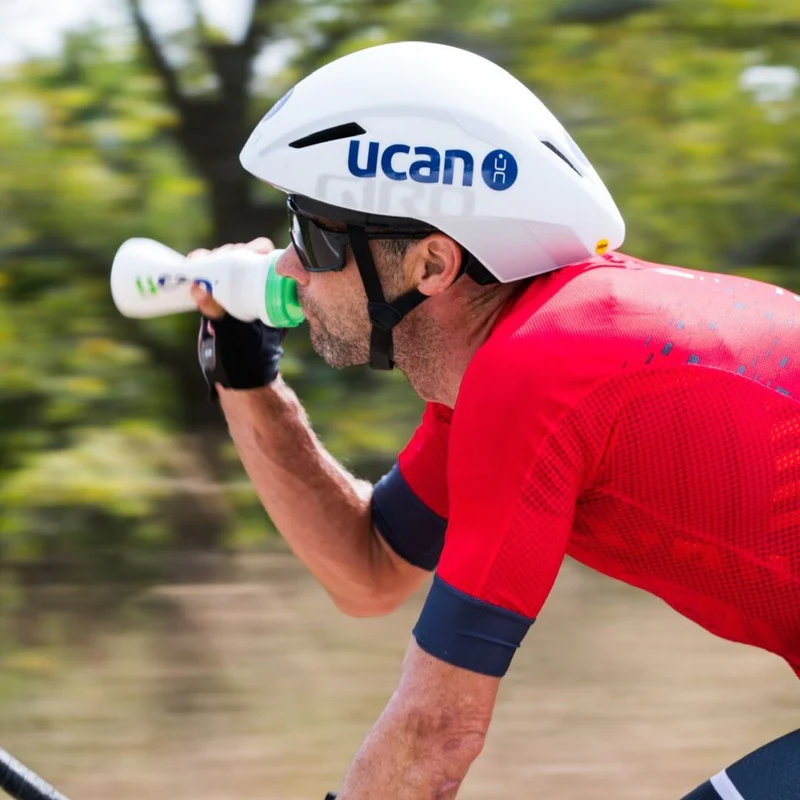








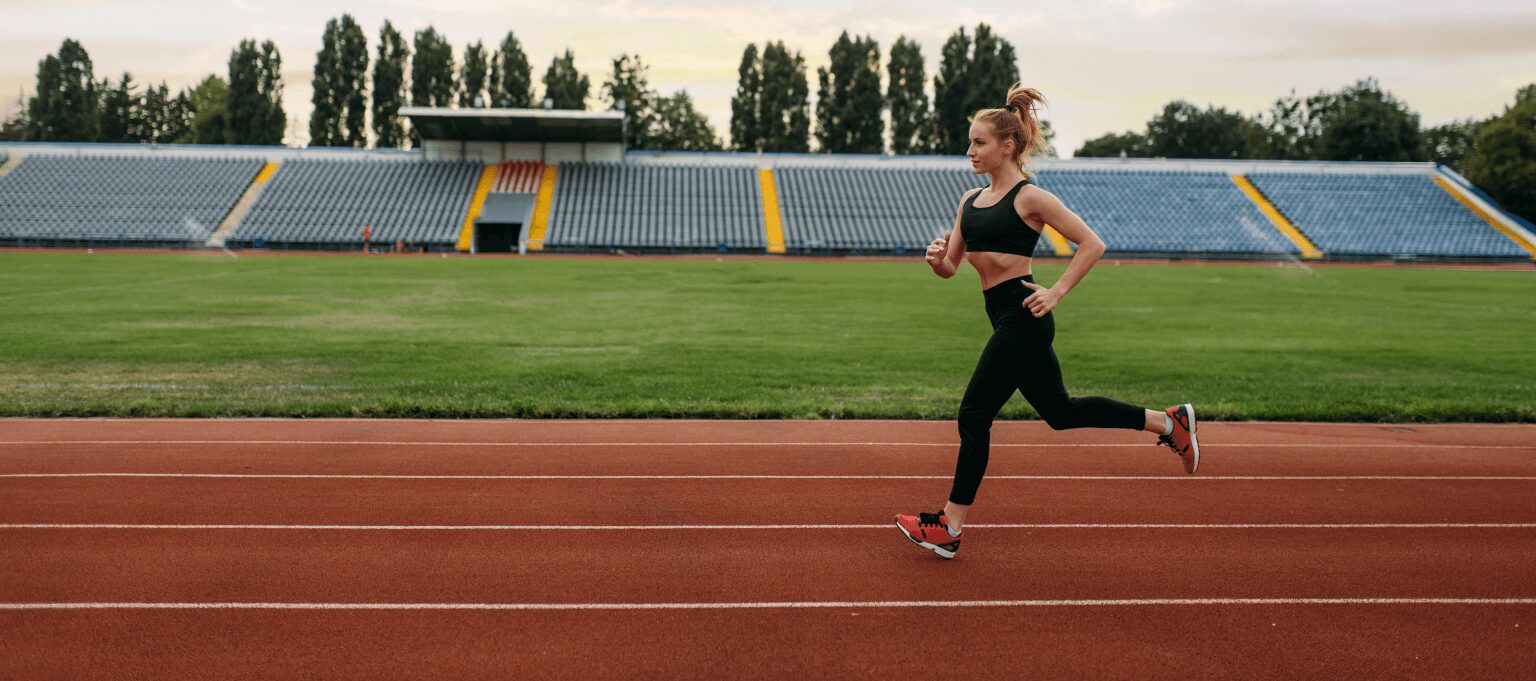









Comments are closed